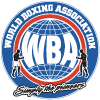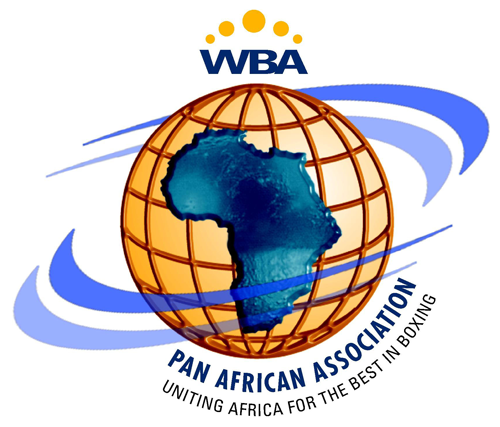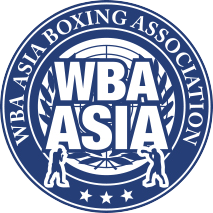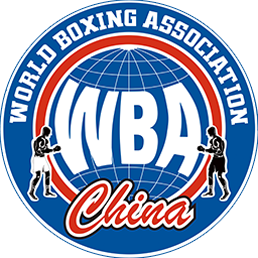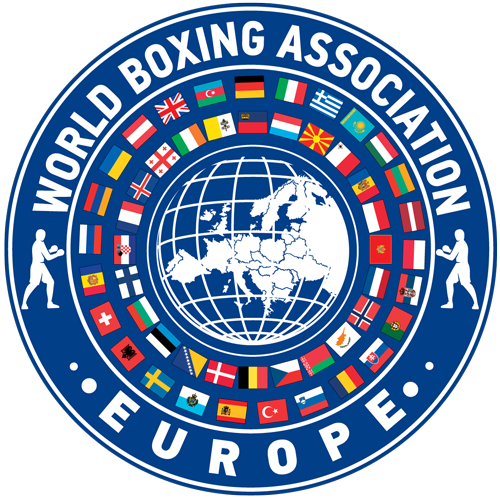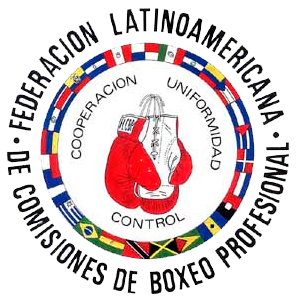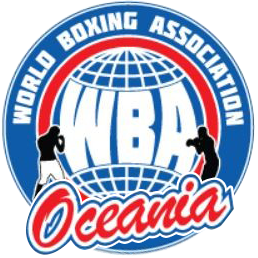Dr Calvin Inalsingh M.B., Ch. B. Aberdeen, Scotland.
Chairman, WBA Medical Advisory Committee
There is a lot written on the serious injuries in Boxing such as concussion, brain injuries, and fracture of the skull and facial bones. I would like to present to you some of the other injuries in Boxing such as cuts of the face, haematomas, eye injuries, hand injuries and strains and sprains.
Boxing is the only sport in which the objective is to render blows to the head and body of the opponent so as the cause the opponent to be incapacitated. Regardless who wins the fight; both boxers can have serious injuries at the end of twelve (12) rounds of boxing.
The head is the main target in boxing and with the great expanse of facial skin; injuries such as contusions, abrasions, haematomas and lacerations are quite prevalent.
A blow to the face causes the skin to be compressed against the facial bone and the tissue in between is crushed. The blood vessels, which are under the skin, can be ruptured without the skin being damaged. In this case, blood flows into the underlying tissues and causes a swelling or a haematoma.
This injury is commonly seen in the skin around the eye. The swelling in this area can be extensive and sometimes completely occludes the vision of the boxer. When the pressure in the haematoma equalizes the pressure in the blood vessels, then the swelling will not get any bigger.
The ringside treatment is to apply ice and external pressure on the swelling. This will prevent any further bleeding into the tissues by constricting the blood vessels. The healing process of this injury takes about 5 to 7 days. The underlying blood breaks down in the healing process and it can be seen that the haematoma, which is at first reddish, goes through color changes of blue to black to brown.
Another site for a haematoma is the ear. The skin of the ear is attached to the cartilage, which holds the ear in its designed form. There is not much soft tissue under the skin of the ear, so a haematoma in this area can cause a painful swelling. The usual ice and compression is the ringside treatment. Further treatment is necessary in this case. The blood should be aspirated as soon as possible. If this is not done, then there is a possibility of damage to the cartilage of the ear, and ear becomes deformed. When this occurs, the result is a cauliflower ear.
A laceration occurs when the skin and underlying tissues are cut and blood flows from the wound. This looks very dramatic as blood is spilled on everyone around the ring. The ringside treatment is very important in this case. The aim is to stop the bleeding and not to cause further damage to the boxer.
THE HEAD CUT IN BOXING
The cut in boxing occurs most frequently on the bony prominence of the head. In most cases it can be caused by a head butt and also with the gloves. With a direct blow to the bony prominence, the skin above the bone is compressed to the extent that it is ruptured. In some boxers this prominence is more pronounced so that they suffer from repeated trauma in that area. These prominences are found in the eyebrows and the cheekbones.
When a cut occurs, the blood vessels are severed and blood oozes or squirts depending on if a vein or an artery is cut.
When an artery of the head is completely severed, the ends retract after a while, and bleeding stops. This recovery must be assisted in boxing during the one-minute interval between rounds.
Bleeding is usually profuse because the boxer is well warmed up, his heart is beating very fast and his blood pressure is high during a fight. Although the cut can cause the spill of blood to look profuse, the amount of blood loss is usually negligible and would not affect the boxer’s performance or cause state of shock.
About 5cc of blood can be lost which is the amount of blood taken for a blood test.
When the cut man see his boxer sustains a cut, he has to be prepared before the one minute interval – he has to soak a Q-tip with adrenaline (1/1000) from a newly opened ampoule and place the stick between the back of his fingers or between his lips. He then holds pieces of gauze in both hands and wait for the end of the rounds. Immediately as the bell sounds, he jumps into the ring and applies direct pressure with the gauze in one hand to the cut for at least 20 seconds. While pressure is being applied to the cut with one hand, the other hand can be wiping the spilled blood from other parts of the face. After the 20 seconds the gauze is removed from the cut and the cut is parted and the adrenaline Q-tip is applied into the cut and pressure is then reapplied for another 20 seconds. Just before the bell sounds for the beginning of the next round, Vaseline can be applied to the surface of the cut.
It is against the rules to use any other substance besides adrenaline to stop the bleeding from a cut.
It must be mentioned that by wiping the blood from the cut, and not applying direct pressure immediately, will only cause more bleeding.
It would appear that the above is a simple procedure, but I must stress that practice and experience are most important in being efficient and competent.
Contusions and abrasions, which are seen in boxing, are frequent injuries.
An examination by a doctor is necessary, as there might be damage to underlying areas such as muscle and bone. Contusions and abrasions usually heal well.
Bleeding from the nose is called epistatis. This occurs when a blow to the nose ruptures the delicate network of blood vessels on the inside of the nose.
The treatment is to apply pressure for a few minutes and also applying ice in the area and the forehead. The cold application causes a reflex action and the blood vessels constrict and the bleeding tends to stop. A swab soaked in adrenaline (1/1000) can be applied inside the nostril to stop the bleeding.
If there is nasal bone injury, then the boxer should be investigated for a fracture and depending of the severity of the injury further treatment will be necessary.
It is best to wait until the boxer’s career is over before he undergoes cosmetic surgery and this is for obvious reasons. You do not want to damage the nose again after performing cosmetic surgery.
Strains and sprains are prevalent in boxing. They are sometimes caused directly from the fight itself but can be the result of accumulated trauma to the muscle unit and ligaments, experienced by a boxer during the years of training.
A sprain is the result of damage to the ligaments supporting a joint. This damage can be at the attachment of the ligament to the bone or in the ligament itself.
When a muscle is compressed between the blow from a punch and the underlying bone, then the muscle can be damaged causing bleeding which is a strain. There will be a painful swelling around the damaged area and the treatment is as for any other injury – the ICE formula is applied.
A strain is the result of muscle damage. This damage can be in any part of the muscle unit. It can be at the attachment of the tendon of the muscle to the bone, the tendon of the muscle or the muscle itself.
In conclusion I will mention injuries to the hands.
The gloves and taping of the hands are very important in the prevention of injuries to the hand.
Fracture of the knuckle is seen when the throws an punch which glides off the object and when the fist is not well contracted. This fractures heals well but with a deformity. Repeated blows with this knuckle can cause a chronic inflammation and the joint gets swollen and painful.
Finally, if too much tape is used between the fingers when taping the hand, then when a fist is made, the fingers will not be able to adhere to each other and there will be a strain of the small muscles between the fingers. This condition is worsened if steps are not taken to apply the bandages correctly.










